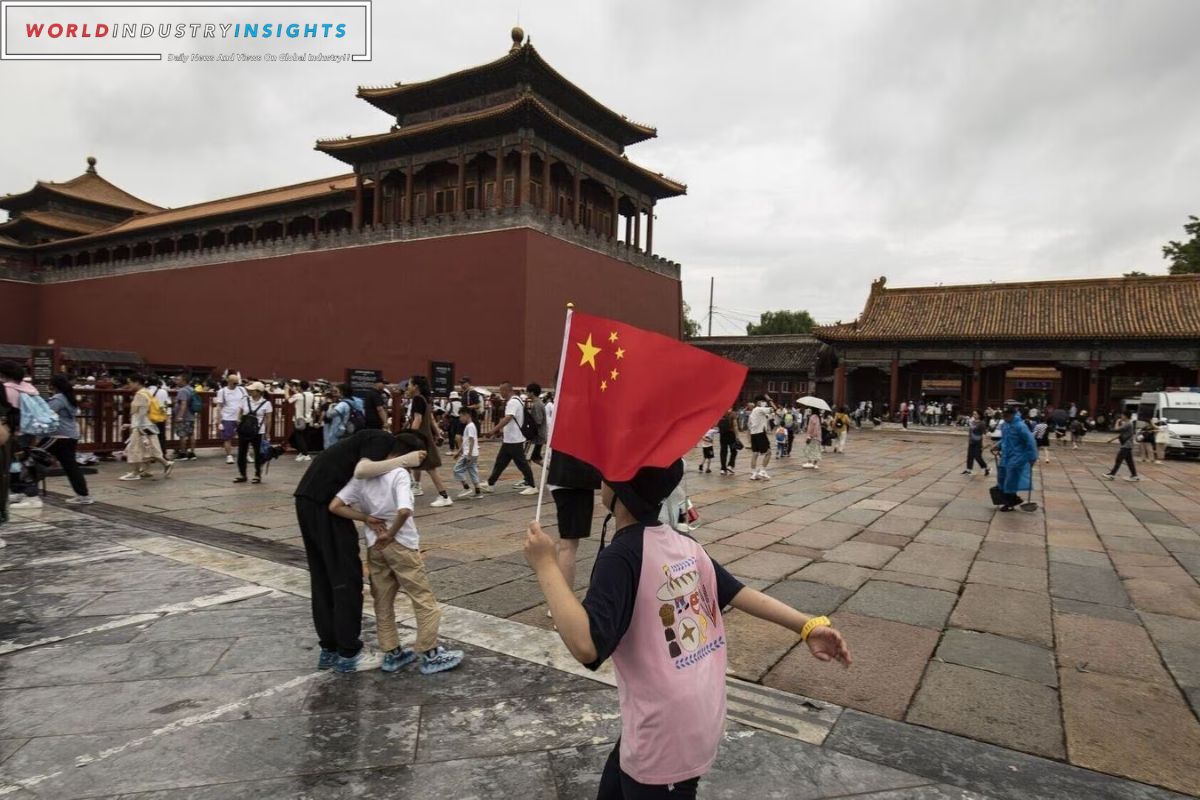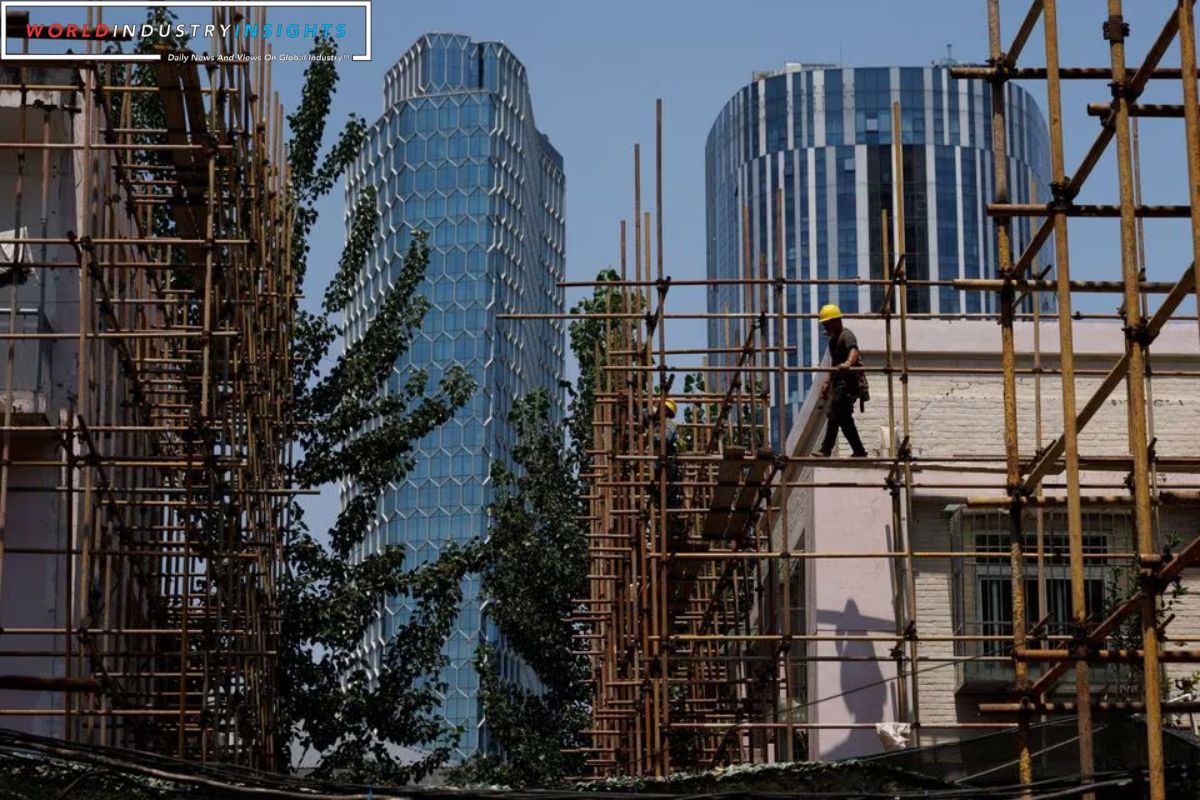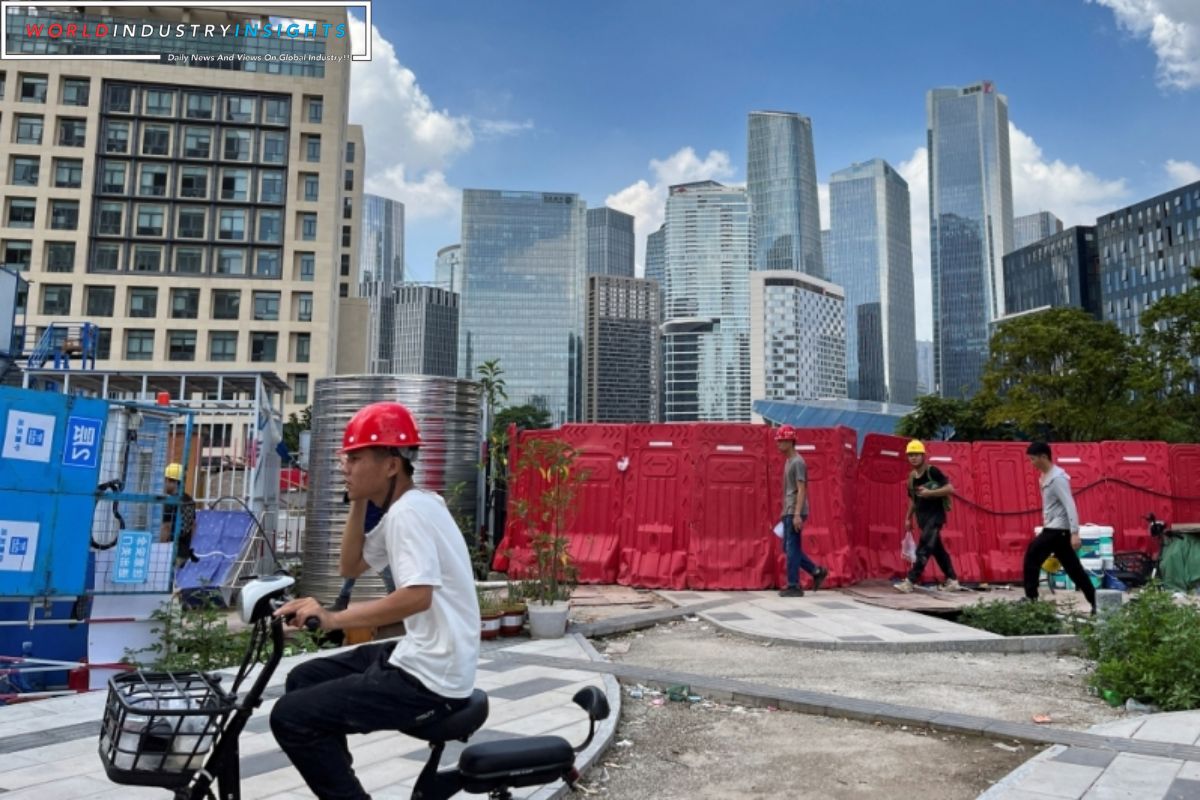China Growth Crossroads: China’s anticipated post-COVID resurgence has hit unexpected hurdles, forcing Beijing to grapple with a critical choice: accumulate more debt or embrace restrained growth. The initial outlook suggested that once China eased its stringent COVID restrictions, consumers would flock back to malls, foreign investments would resume, factories would revitalize, and property markets would stabilize.
However, the reality has unfolded differentlyChinese consumers are opting to save, foreign firms are withdrawing investments, manufacturers face weakening demand from the West, local government finances are shaky, and property developers are defaulting.
This turn of events has provided ammunition to skeptics who have long questioned the sustainability of China’s growth model. Some economists even draw parallels with Japan’s economic bubble before it plunged into “lost decades” of stagnation in the 1990s. The critics argue that Beijing failed to shift the economy from construction-driven development to consumption-led growth a decade ago, a pivot that could have mitigated the current challenges. Instead, debt has outpaced economic growth, reaching levels that local governments and real estate firms now struggle to service.
In response to these challenges, policymakers pledged to boost consumption and reduce the economy’s reliance on the property sector. Beijing is guiding banks to direct more lending toward high-end manufacturing, steering away from real estate. However, a comprehensive long-term roadmap for addressing debt and restructuring the economy remains elusive.
Regardless of the choices China makes, it must contend with an aging and shrinking population and navigate a complex geopolitical environment as Western nations grow cautious about engaging with the world’s second-largest economy.
China likely achieved a growth rate of around 5% in 2023, outpacing the global economy. However, beneath this headline figure lies a concerning realityChina invests more than 40% of its output, twice as much as the United States, suggesting a significant portion of this investment may be unproductive.
Also Read: China Export Resilience: The Price of Growth Amidst Economic Challenges
This high level of investment means that many Chinese citizens do not feel the impact of this growth. Youth unemployment exceeded 21% in June, the last reported figures before China controversially ceased reporting. University graduates who initially aspired to secure advanced-economy jobs find themselves settling for low-skilled positions, while others experience wage cuts.
In an economy where 70% of household wealth is tied to property, homeowners are feeling financially strained. Even in sectors like electric vehicles, considered a bright spot in the economy, a price war is causing downstream pain for suppliers and workers.
This national pessimism could pose a significant challenge to President Xi Jinping, as it may lead to social stability risks. If China were to experience a decline reminiscent of Japan’s lost decades, it would do so before achieving the level of development Japan attained.
Such a scenario would have global repercussions, as many industries worldwide rely heavily on suppliers in China. Regions like Africa and Latin America, which depend on China for commodity purchases and industrialization financing, would be particularly affected.
China’s current challenges leave little time for complacency; policymakers face tough decisions ahead. While there is a keen desire to restructure the economy, historical trends indicate that implementing reforms in China has always been a formidable task.
Efforts to enhance welfare for millions of rural migrant workers, who could potentially contribute significantly to household consumption if given access to public services similar to urban residents, are stalling due to concerns about social stability and associated costs.
China’s attempts to address property and debt issues are also running into similar hurdles. The question of who bears the burden of bad investmentswhether it’s banks, state-owned firms, the central government, businesses, or householdsremains unanswered, with each option potentially leading to weaker future growth.
For now, China seems hesitant to make choices that would sacrifice growth for reform. Government advisers are advocating for a growth target of around 5% for the next year. While this aligns with the 2023 target, it won’t have the same favorable year-on-year comparison with the slump caused by the 2022 lockdowns.
Such a growth target may necessitate increased debt, a move that prompted Moody’s to cut China’s credit rating outlook to negative, resulting in Chinese stocks hitting five-year lows.
Where this money is allocated will offer insights into whether Beijing is shifting its approach or doubling down on a growth model that many fear has reached its limits. The choices made in the coming months will undoubtedly shape China’s economic trajectory into 2024 and beyond.
Our Reader’s Queries
Will China overtake the US?
Forecasting the future of the U.S. and Chinese economies is a challenging task. Unforeseen geopolitical events or technological advancements could significantly alter the landscape. While China may have an opportunity to surpass its primary competitor, current projections suggest that this outcome is improbable.
Why is China building the belt and road?
In 2017, the Chinese Communist Party included the initiative in its Constitution. The Xi Jinping Administration refers to it as a means to improve regional connectivity and create a better future.
Why is China having a rapid progress?
Although capital accumulation was a significant factor in China’s economic growth, it was the remarkable and consistent rise in total factor productivity that truly drove the unprecedented growth during the reform period. This increase played a crucial role in the country’s economic success.
How did China manage to grow so fast?
Over the past few decades, China has emerged as one of the world’s largest and most powerful economies. With a focus on industrial production and manufacturing exports, China’s GDP has now surpassed all others in terms of purchasing power parity (PPP) equivalence.



